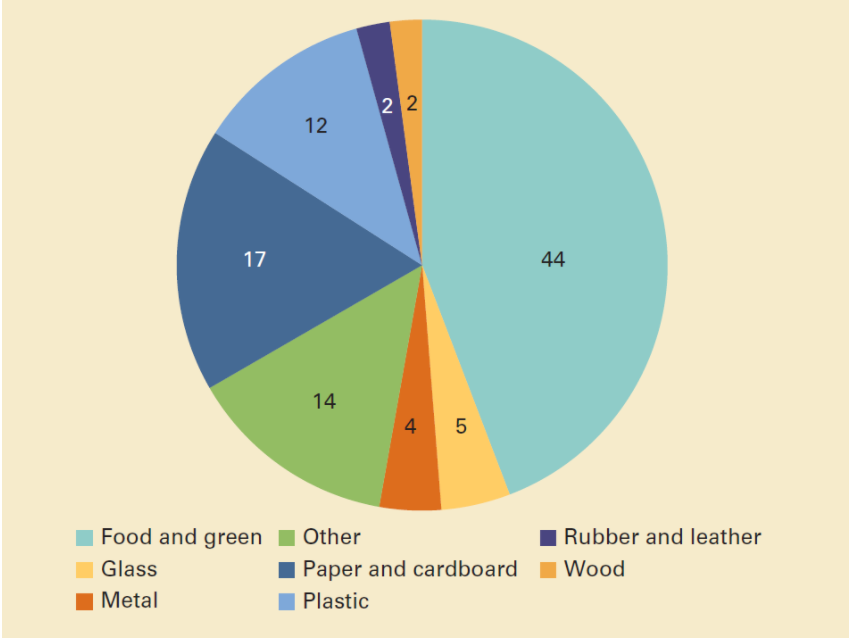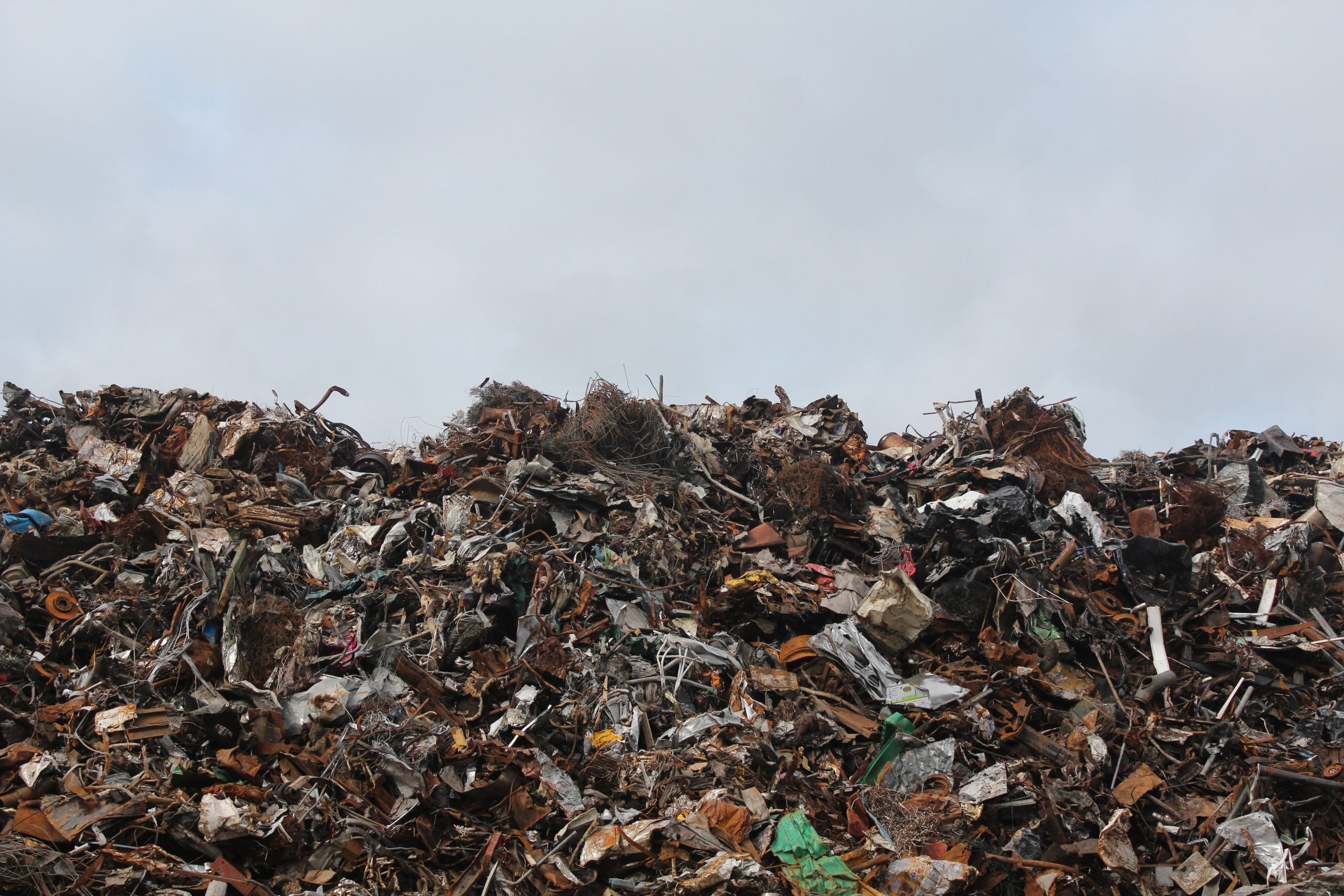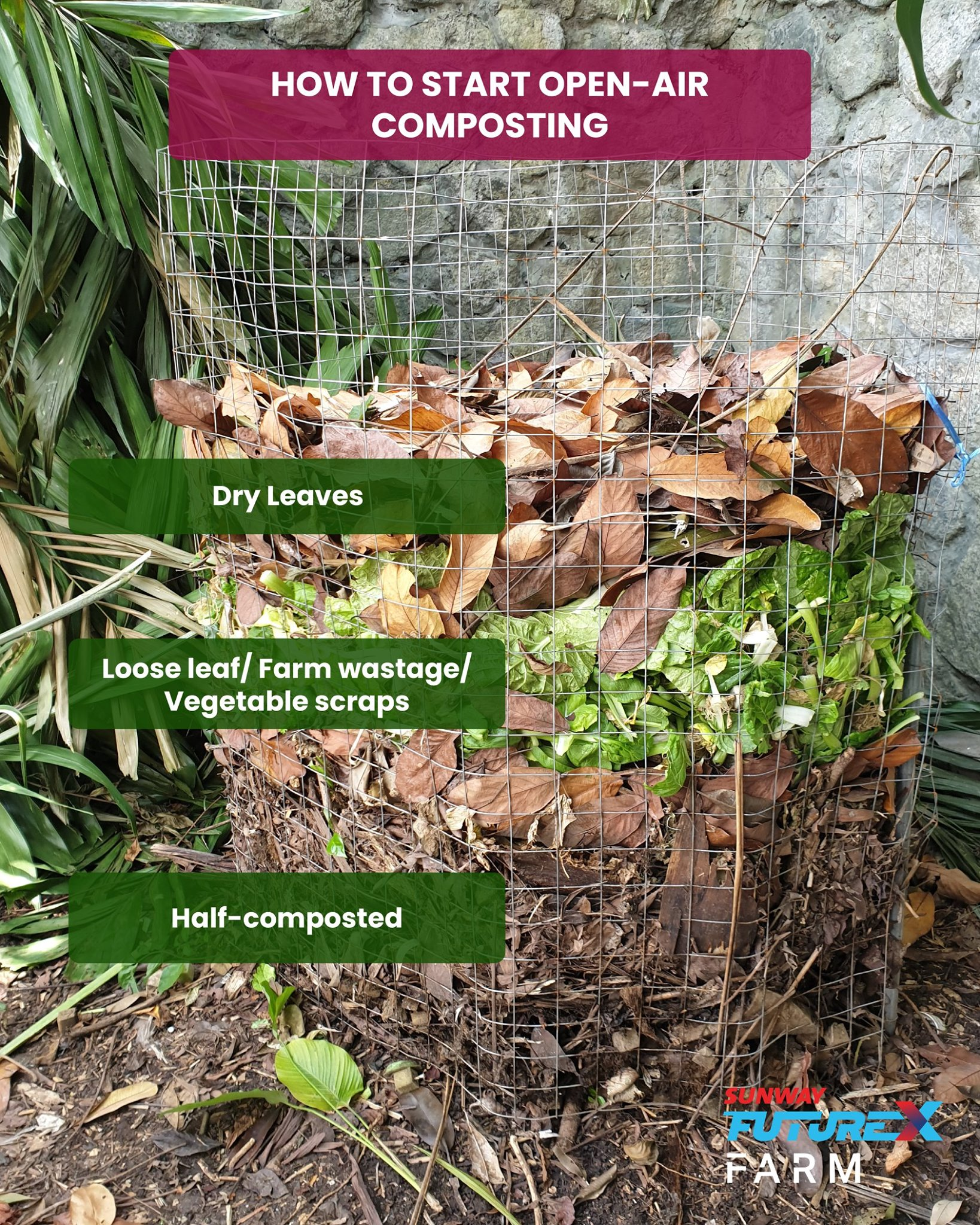What can we do with
food waste?

Written by Nurlisa Su Sy Ei
Based on a study done by the World Bank Organisation, a person produces an average of 0.74 kilograms of waste daily worldwide, and currently, our population stands at 7.9 billion and it is predicted to reach 9.1 billion by 2050. In Malaysia alone, our current population stands at 32.96 million in 2021 and in general, a Malaysian generates an average of 1.17kg of waste per day compared to the year of 2015, where it was only 0.8kg per person per capita.
Just imagine the waste produced today.
For food waste alone, Malaysians waste about 16,688 tonnes of food per day which could feed about 2.2 million people, up to three-time times a day. In the 2012 National Waste Management Department Report, approximately 31% to 45% of the total waste generated in Malaysia comes from food waste alone and households are the biggest contributor which stands at about 44.5% in comparison with the Industrial, Commercial and Institution sector which generates 31.4% of waste.
This is supported by the statement made by the Solid Waste and Public Cleansing Management Corporation (SWCorp Malaysia) which also stated that 44.5% of food waste comes from household which is equal to a whopping 16,667.5 tonnes DAILY and about 24% of the waste is classified as edible waste which amounts to 4005 tonnes! It certainly is not a small amount and it stands on par with the percentage of food wasted globally.

What contributes to food waste?
Food waste could happen in any stage, starting from production to consumers’ level. At the production stage, food waste can be in the form of trimmed parts of crops, rejected products caused by standardisation guides set by retailers in terms of size, shape and colour, inedible crop part, and many more. The rejected products increase at different stages of the supply chain due to spoilage or expiry before it could reach the consumer’s table. The longer the supply chain, more wastage will be produced if there is no proper handling of food to preserve the product’s freshness. The Food and Agriculture Organisation has stated that 30% of food loss happens along the supply chain. Producers should not focus at only one level of the market. Standardization is unavoidable as retailers seek for the value they pay for the goods and producers would ensure that their quality is top notch to remain on top of the market. Thus, standardization in grading goods should be emphasized by both authorities (producers and retailers) so the off-size and discoloured fruits can be sent to non-premium markets and to factories to be processed as added-value products like fruit jam, juice and beverage, dried fruit or vegetables and etc.
At the consumer’s level, unplanned grocery shopping could lead to overspending which is unnecessary. In relation to that, the lack of knowledge in utilising the leftovers from vegetables or fruits which is known as kitchen scrap also increases the amount of organic waste. Knowing your grocer well including paying attention to the expiry date of the product, planning meals and having the knowledge on how to utilise the leftover parts could help on reducing unnecessary spending, preserving the nutrients and ultimately, reducing wastage.
What happens when food waste hits the landfill?

In order to ensure continuity of fresh food on our table, a lot of investments of resources needs to be made. This includes water, electricity, land, labour, capital and time to ensure crops and animals could give yield. The efforts to produce more food for the increasing human population also impacts Mother Nature through carbon footprints. According to the Food and Agriculture Organisation, emissions from food wastage is almost equal to the emissions by transportations which stands at 87%. Deforestation which is done to ensure agriculture activities can be carried out also causes reserve areas to be destroyed.
When organic waste is dumped in landfills, methane gas will release to the atmosphere due to the absence of air decomposition which causes a spoke in methane and carbon dioxide gas to be produced at landfills. These gases cause global warming and creates an unhealthy environment.
What are the alternatives to manage food waste better?
Industrial: Renewable energy

Around the world, we have seen the high dependency on fossil fuels to generate energy in the form of natural gas, coal and oil and one day, we may run out of fossil fuels as it is a non-renewable gas. Therefore, researchers are constantly finding alternatives to supplement and prepare for the future when that day comes. Biofuel is one of the alternatives, and we can use food waste to generate this! This is because food waste contains carbohydrate, lipid and carbon that can be converted to bioethanol, biodiesel and bio-oil.
The use of crops like palm, sunflower, jatropha and soy bean to generate biofuel has been heavily criticised due to land use issues. This is why, rather than utilising more land to plant crops, food waste can be used and this will not only help us to resolve the waste management issue but also to reduce the chances of deforestation just to extend the use of land for agriculture.
Individual: Waist versus waste
Malaysia ranks the highest in South East Asia for having high obesity rates. An increase in weight, naturally increases the size of the waist as well. There are many factors as to why this happens, one of it being having food available to us at any time of the day, which makes us disinterested about what our bodies need and want. There’s no emphasis on ensuring the nutrients we feed our bodies on the daily.
Waste management indirectly helps us to be more thorough on what we feed ourselves and what we buy. By having an aim to reduce excess weight, we tend to be more focused on buying nutritious food which ultimately, reduces obesity and ensure we do not buy more food than what we consume.
Individual and community: Compost
Last but not least, to not produce any waste is impossible, but we can try to manage the waste as wise as possible. The 3Rs, reduce, reuse and recycle could easily be applied for plastics, paper and glasses, but what about the unavoidable kitchen scrap like fruit stalks, peanut shells, fruit skins and many more?
We could turn these wastes into compost. Compost, also known as the black gold as it turns garbage into something useful. The benefits of compost does not stop at reducing the amount of organic waste but also enhancing the soil by amending the nutrition value and improving the quality.
At Sunway FutureX Farm, crop waste has been decompose since 6 months ago, and we have saved almost 50 kilograms of trimmed vegetables from being wasted!

In conclusion, it is possible to have zero waste, however, that does not mean that we do not produce any kind of waste. What matters is that with an efficient waste management system in place, the dream of having zero waste is possible! Taking big steps like converting the waste into something that can be use on the industrial level is difficult, but what we can do, is take small steps and start being mindful about what we eat, and what is required. We could also practice the 3Rs and to compost our kitchen scraps.
In conjunction with World Environment Day, Sunway FutureX Farm is taking the initiative to lead waste management in the community by organising a ‘Zero Waste at Home’ workshop. The aim of this workshop is to educate the community in utilising wastes, changing it into something useful. Through this effort, we hope to reduce harmful impacts on mother nature, and to appreciate everyone who has been working very hard to put fresh food on our tables so that their hard work does not end up in the garbage because composting will give it another meaningful value.
For more information about this workshop, click on this link at https://sunwayxfarms.com/product/virtual-workshop-zero-waste-at-home/ and register!




